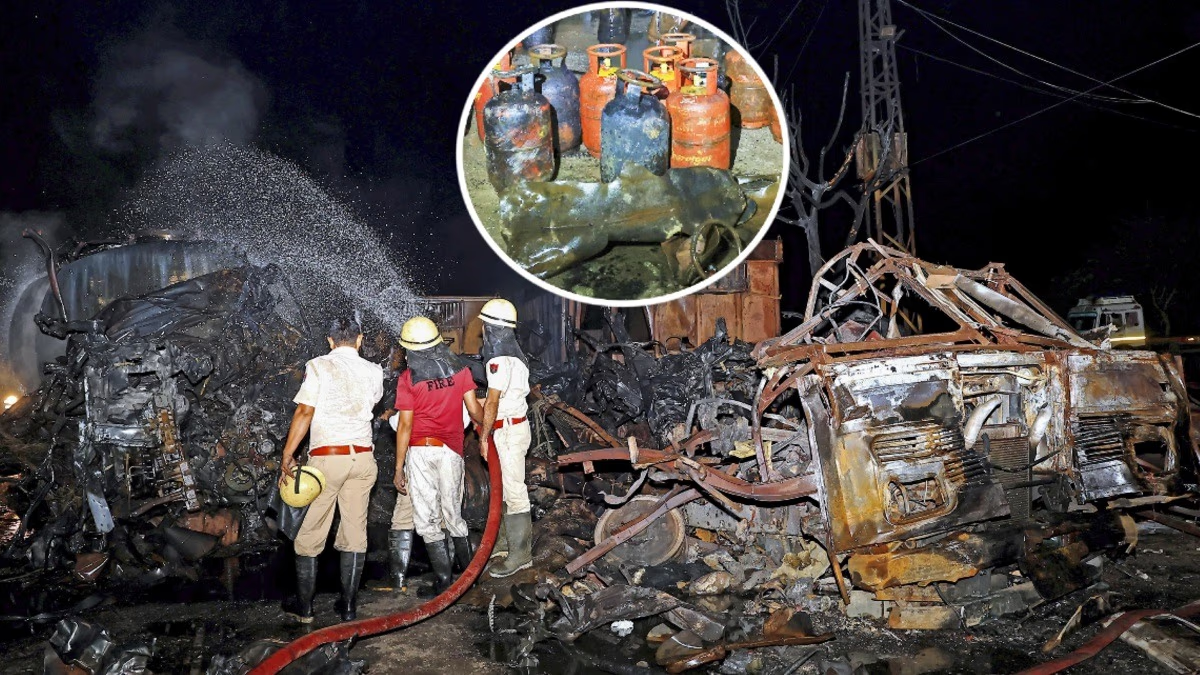India has always been known for its captivating landscapes of mountains, forests, and historical landmarks. However, a fascinating new form of tourism is sweeping across the nation - known as astro-tourism. This exciting trend is drawing in those enchanted by the mysteries of stars, planets, and distant galaxies, away from the urban glare into serene darkness and pristine skies.
The inception of astro-tourism in India traces back to the quaint, historic village of Hanle in Ladakh, nestled in the picturesque Hanle River Valley. Its unique allure lies in its clear, dark skies, ideal for stargazing and astrophotography, sparking wonder as galaxies and celestial bodies unveil themselves in all their grandeur at night.
Scientifically, Hanle holds significant importance. This recognition led to its declaration as the Hanle Dark Sky Reserve (HDSR) in December 2022, transforming it into a premier destination for astronomers and star-gazers globally. The reserve houses several renowned observatories, including the Himalayan Chandra Telescope (HCT), Major Atmospheric Cherenkov Experiment (MACE), and the High-Altitude Gamma Ray Telescope Array (HAGAR).
These sophisticated instruments and the extraordinary setting make Hanle a coveted site for astronomical research and observation, drawing both scientists and star admirers alike.
Astro-tourism in Hanle is not limited to scientific endeavors but extends to uplifting the local economy. Initiatives by the Indian Institute of Astrophysics (IIA) and the Department of Science and Technology (DST) train over 40 locals as astro-guides, equipping them with telescopes to assist tourists. These guides, now called "astronomy ambassadors," offer insights into the cosmos, creating a new income stream.
Furthermore, astro-tourism fosters eco-tourism and homestays, with many locals returning from cities to engage in this booming industry. Homestay owners now attract tourists by installing telescopes, bolstering the local economy.
Experts suggest that although astro-tourism in Hanle requires proper regulation, its success is unlocking new opportunities nationwide. The IIA is collaborating with other Himalayan regions to promote such tourism and train more astro-guides. Even though skies like Hanle's are rare, many Himalayan areas hold potential.
In this effort, IIA has installed 6-7 cameras at varying locations in Ladakh to facilitate the observation and recording of celestial events. According to IIA Director Prof. Annapurni Subramaniam, Hanle remains a promising site where capturing faint stellar images is easier than elsewhere.
In summary, the Hanle Dark Sky Reserve is not only a beacon for scientific advancement but also spurs employment and economic growth, inviting celestial enthusiasts worldwide to this resplendent new travel destination.




